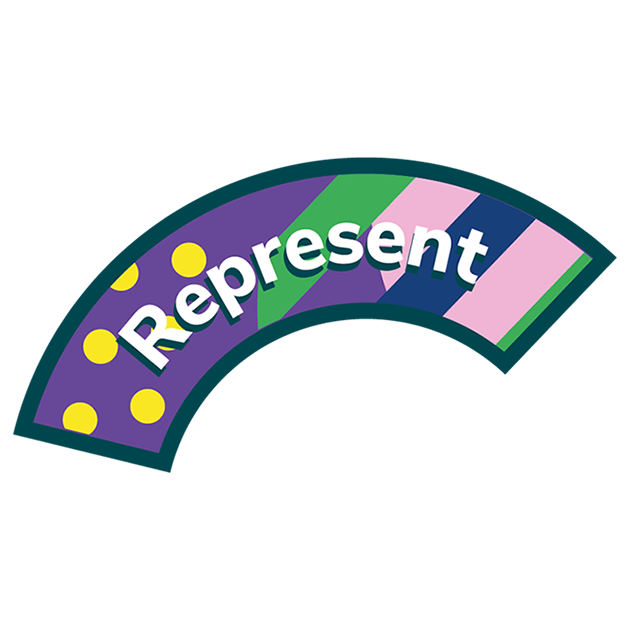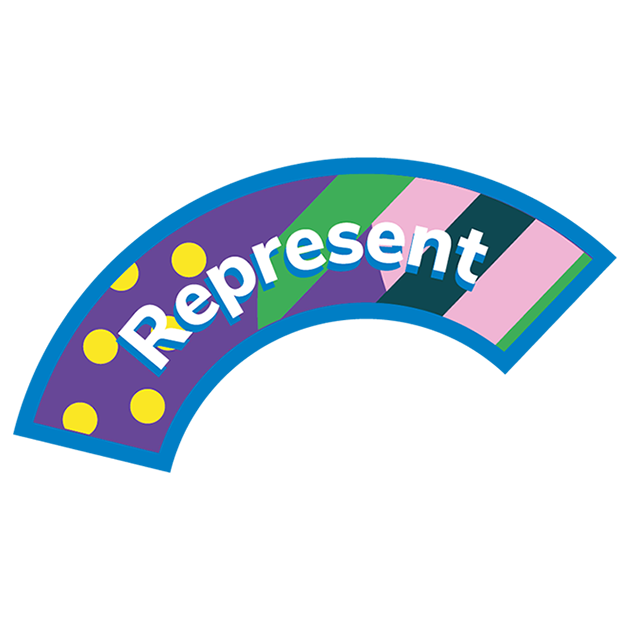
Write a letter for better
You’ll need
- Pens or pencils
- A4 paper
- Camera or phone
Before you begin
- Use the safety checklist to help you plan and risk assess your activity. Additional help to carry out your risk assessment, including examples can be found here. Don’t forget to make sure all young people and adults involved in the activity know how to take part safely.
- Make sure you’ll have enough adult helpers. You may need some parents and carers to help if you’re short on helpers
Setting up the activity
- Gather any resources, photos, or videos you have from your project so far.
- Find out a bit more about your local newspaper and how to contact them.
Run the activity
- Gather everyone in a circle.
- Ask everyone if they remember everything they’ve done in their project to create a more accessible, autism-friendly world. You could use photos and videos to help people remember everything.
- Everyone should try to think about some specific actions that people in their community could take to be more autism-friendly. A good starting point is thinking about what you’ve learned so far. What actions did you take? Did you ask other people to do anything?
- People should work together as a whole group, in pairs or small groups to write a letter to their local newspaper editor. They should include details of everything they’ve done so far and ways that other people could continue their work.
- People may want to think about how they can be persuasive – how will they make other people want to continue to make the world more autism-friendly?
- The person leading the activity could take a photo of the group – it’s best if the photo relates to the action they took to be more autism-friendly. Make sure you have permission from everyone and their parents and carers to take photos and share them. You could also use a photo you took during an earlier stage of the project as long as you have consent.
- Someone should type up the letters and send them to the editor of the local newspaper, either in the post or via email. They should include some contact details so the editor can reply.
- If the letter's published in the newspaper, the person leading the activity should save a copy or two for the meeting place. How could you share them with others or display them?

This activity helps contribute towards some of the UN's Sustainable Development Goals. Find out more about the SDGs, and how Scouts across the world are getting involved.



Reflection
This activity’s a chance to communicate and celebrate the hard work and success of the project.
How did people feel when they thought about their achievements and the difference they made? Hopefully, thinking about the impact of their project made it easier to explain why it’s important to take action.
When will people find out whether their letter will be published? Especially if it’s not printed, what else could they do to tell the world about their project and encourage them to take action?
People could think about how it can be tricky to get back up and try again when they’re faced with disappointments. When else might it be useful to be able to try, try again when things don’t go to plan?
Safety
All activities must be safely managed. You must complete a thorough risk assessment and take appropriate steps to reduce risk. Use the safety checklist to help you plan and risk assess your activity. Always get approval for the activity, and have suitable supervision and an InTouch process.
Depending on your group, they may be ready to find a contact at your local paper and take the lead on contacting them. Other groups may need a bit more support from an adult volunteer who can find the details, type up their letter and help them to send it.
You don’t have to stop at one or two letters. If people want to keep going, they could write to local decision makers or regional newspapers.
To make it easier, the group could create a letter together, then only one person needs to write up the letter – and that could be the person leading the activity. It’s OK if people just want to come up with ideas. They could even make a storyboard to suggest what the letter could say in a fun and colourful way.
All Scout activities should be inclusive and accessible.
Team up with some of the other people who were involved in your project – did you encourage local businesses to learn more or invite people to an inclusive community day? It'd be great to have some quotes from people who can explain the impact of your work.
Young people could write out their letters and they could add drawings, too.



